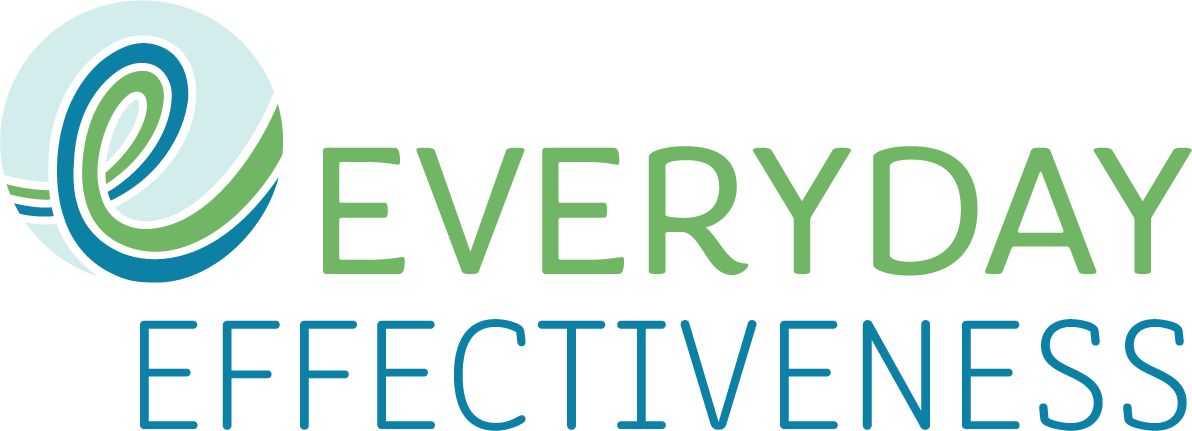Earlier this month I had my standing meeting with my mastermind group. Every time, I finish with such great ideas and energy.
When we work as soloprenuers, home business or small business owners, we get used to thinking that we are The Lone Ranger – that everything is all on us. And to some degree it is. But even the Lone Ranger had Tonto to help provide an outside perspective.
As an extrovert, working alone can be all the more difficult. I come up with better ideas when I am in conversation and talking with the dog just isn’t the same. But regardless, when you work alone or primarily alone, it is so easy to get stuck with what is said by the voice in your head. We become blind to things that are obvious to outside observers. A fresh perspective, a different point of view or approaching a problem from a new slant are just some of the benefits of peer conversation.
Although this sounds easy enough, finding a trusted peer group where you can openly share thoughts and ideas can be challenging. Although there are a variety of ways to accomplish this goal there are three variations that I have used successfully at different points in my various careers.
Pay to Play
The easiest to implement is where you pay a fee to be part of a group with similar goals. These can take many forms, but generally one person (usually not a peer) facilitates the group in some fashion. This can be in the form of a training (students of the same training are often peers), membership site, facilitated mastermind, or group coaching.
The advantage of this type of peer relationship is that someone else has done the work of finding your peers for you. However, you don’t really know these people from the start, so the process of getting to know one another and building trust can take some time.
Another upside is that because folks have made a financial investment, they are more likely to participate in a serious manner. A downside is that, in some cases, the cost can be rather steep.
Call a Friend
Recently I read a post from Chris Brogan that discussed making a specific point to be in conversation with other people every day. The concept is simple enough to execute: just be in conversation with a different someone every day. Ask questions, listen to answers, and then do the same for them.
The best part of this option is that it really doesn’t cost anything, and with a tiny bit of practice doesn’t require a huge investment of time. The challenge is that you need to be constantly growing your circle of peers.
Although I regularly chat with my husband and a few others about business thoughts, that circle is rather small. However, I realized that there are probably a lot more people who would welcome my call. I just need to start thinking outside the small group that first comes to mind.
Build Your Own
Pretty much all of the Pay to Play options can also be done as a DIY project. The end result is always a bit different than the more formal, paid-for versions, but often just as (if not more) effective. The key is to find some areas of commonality around which to ground the group. Without commonality, you don’t really have a group of peers.
This option allows you to create a peer group to your exact specifications and with people whom you already value. However, making contact and facilitating the initial coordination can sometimes be challenging.
In some cases these groups will stay together for a specific period of time and then disband. In others, members will join or leave after a period of time and depending on their circumstances. But you also hear stories of groups that have remained in the same configuration for years and decades.
The Choice is Yours
Regardless which method you choose for this point in your journey, I strongly encourage you to try at least one. The conversation with a peer is unique and valuable and can result in insights you might not have otherwise have found.


